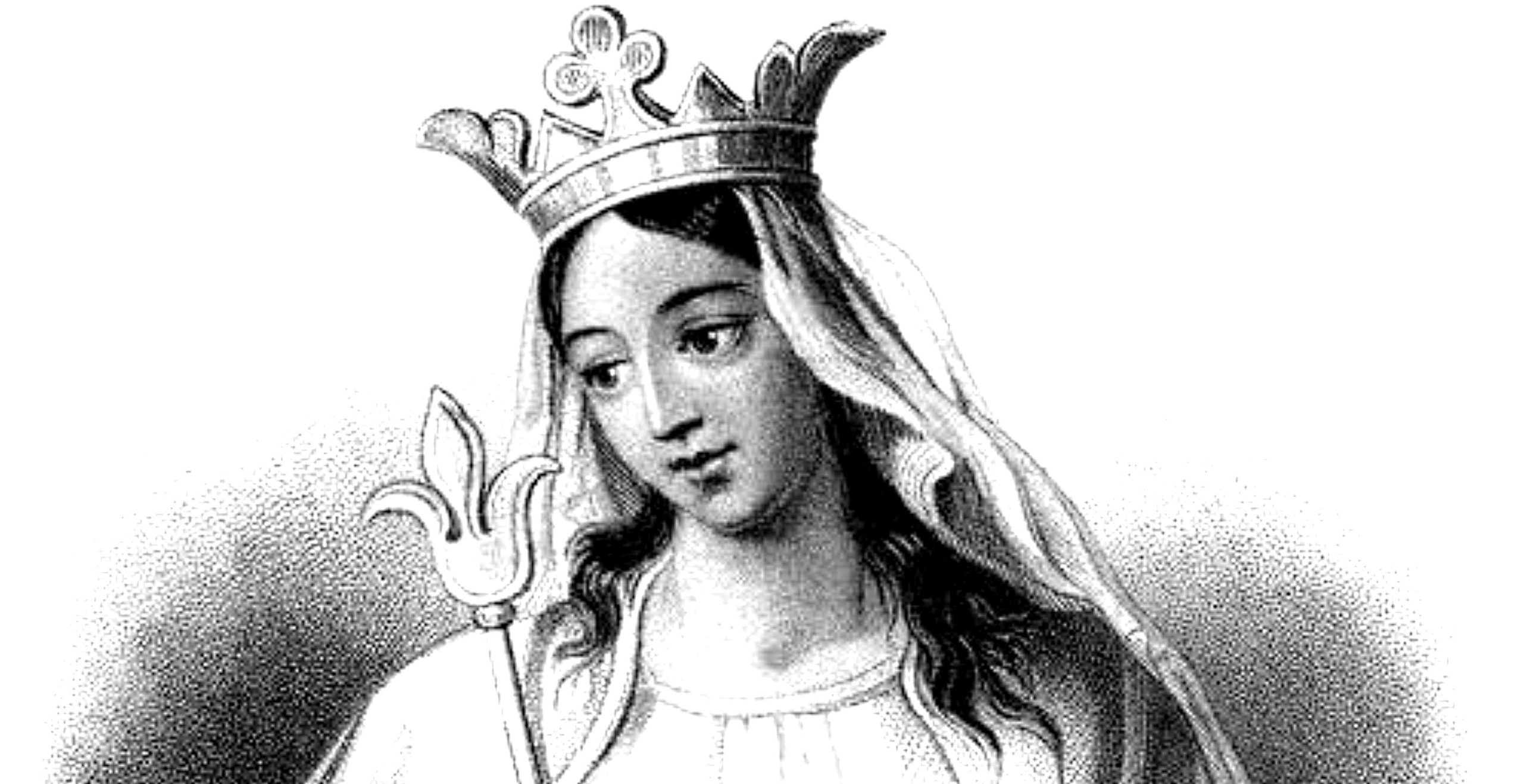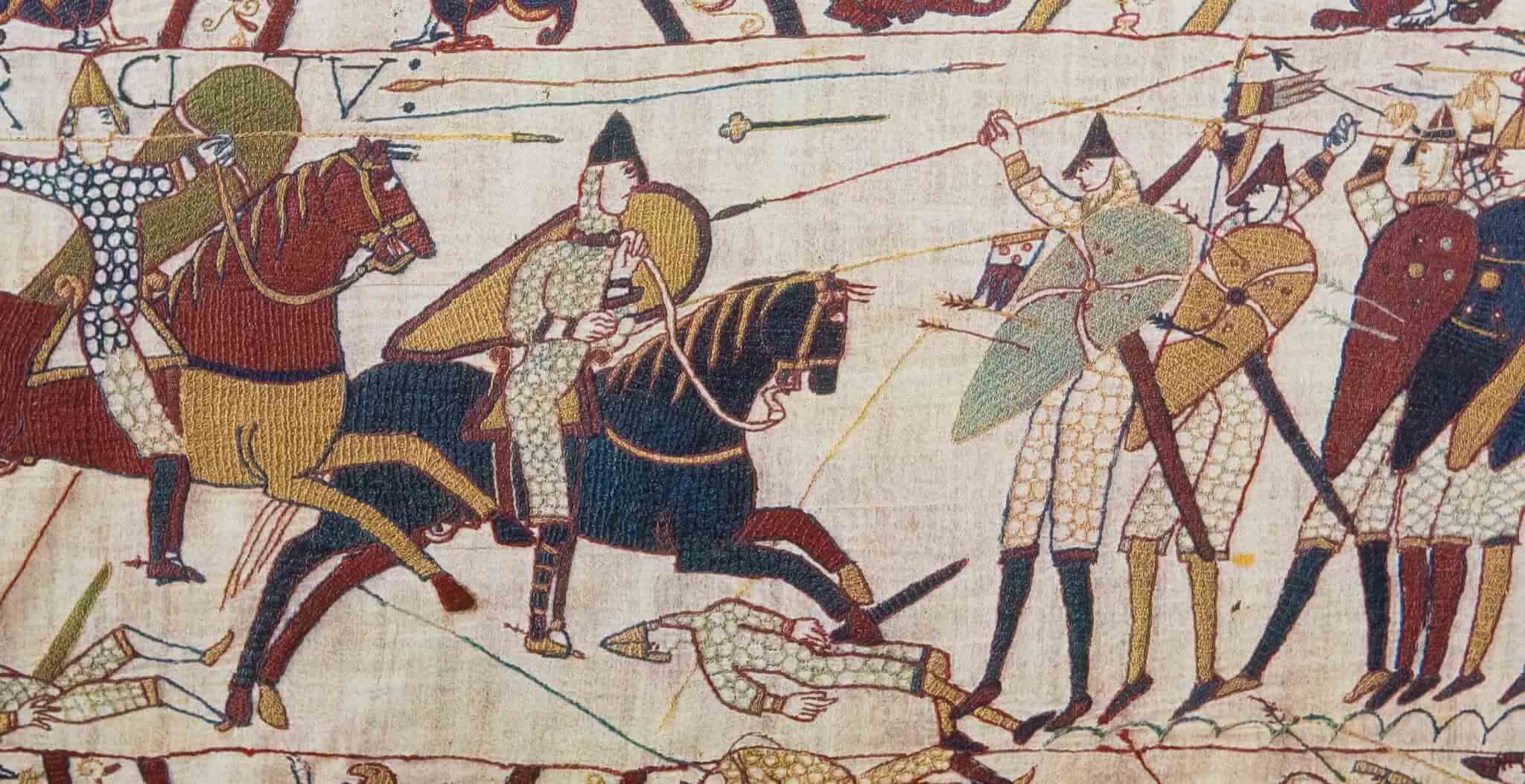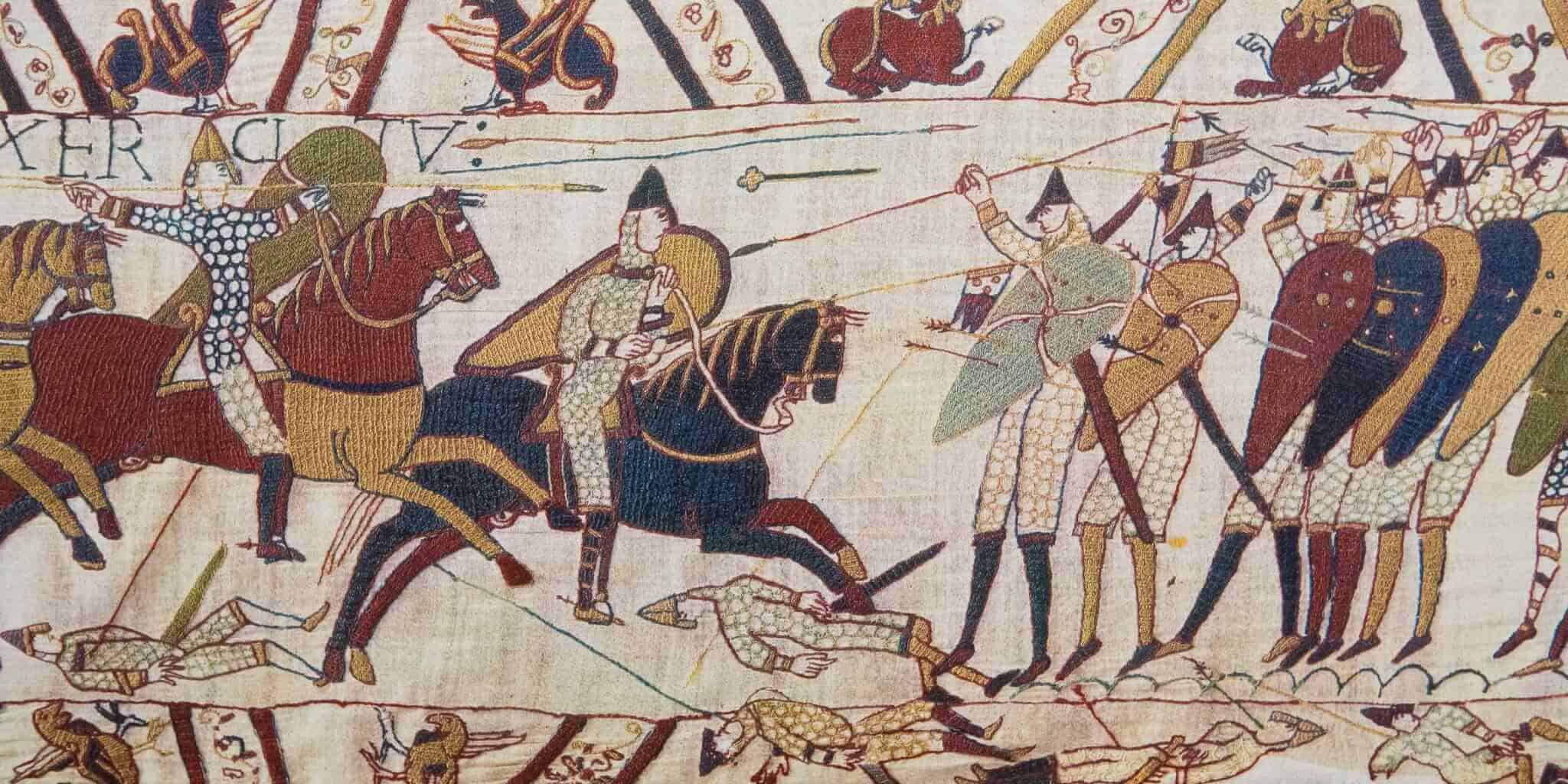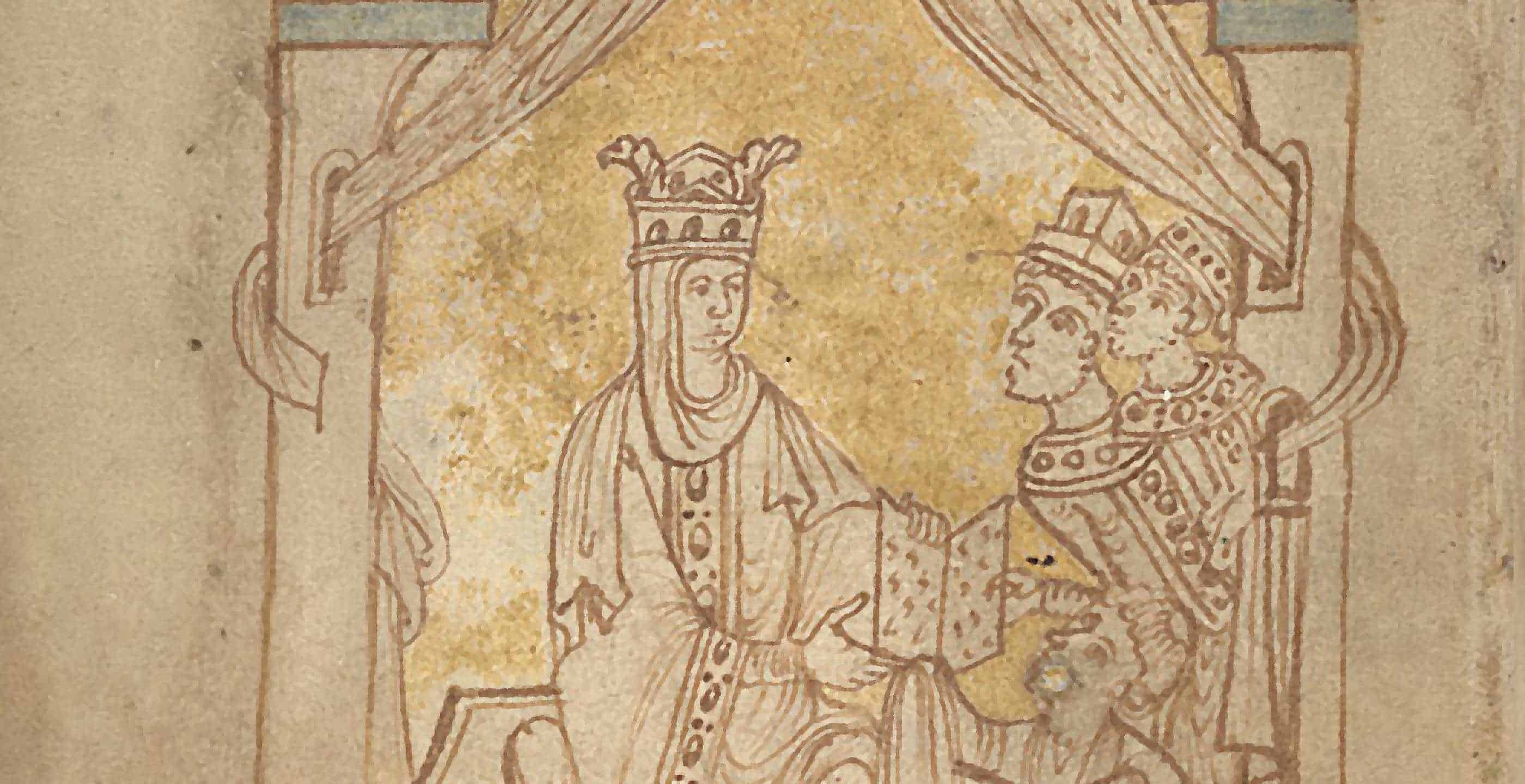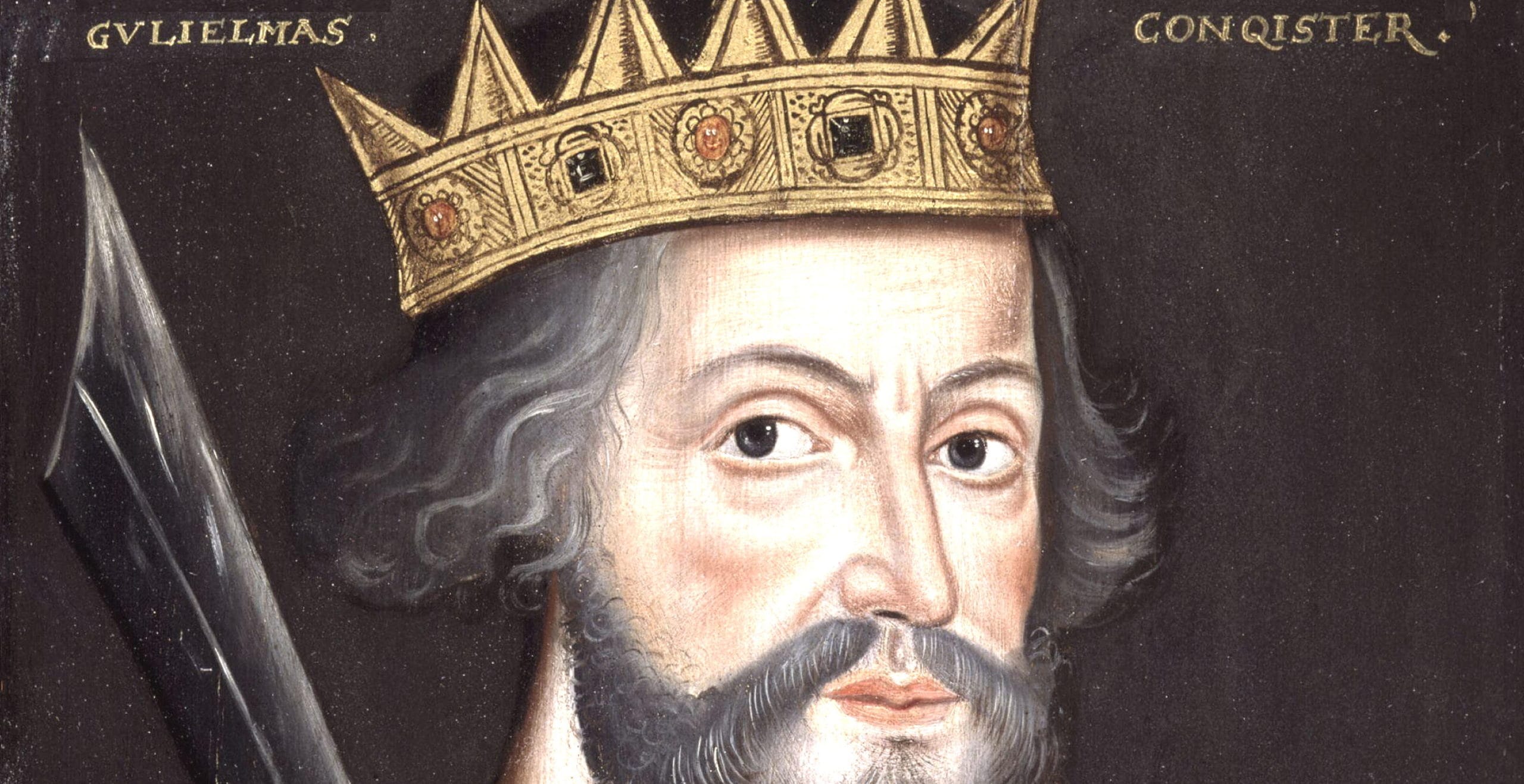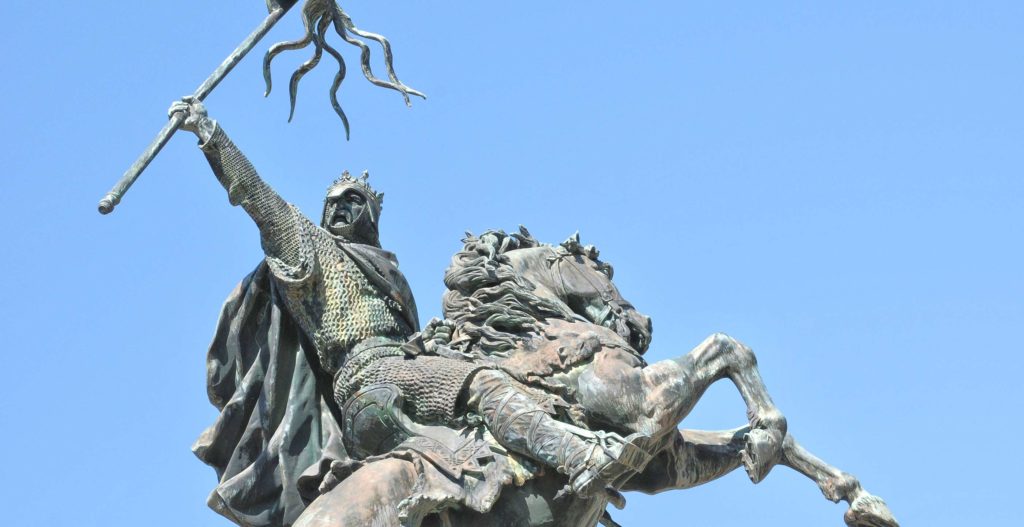Nearly every person who was educated in England will have had the date of 1066 drummed into their heads as the date of the Battle of Hastings. Most would have been taught how William conquered England and how he maintained control through building castles, creating the Domesday Book and harrying the North. However, rarely mentioned is the key character in this narrative, Matilda of Flanders, wife of William.
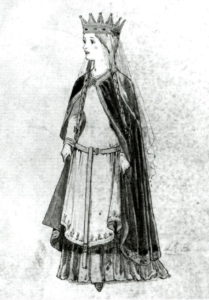
In the medieval period women were treated as inferior beings and their roles were often limited to childbearing. Women were expected to embody the key Christian virtues for women, of obedience, purity, humility and motherhood. In this world the narrative of Matilda is surprising as she managed to wield a large amount of power and influence throughout her life.
Without her, William of Normandy would not have been able to conquer England whilst maintaining control over Normandy. It could even be argued that at times she shared the royal authority with William to become more than just his consort and become his ruling equal.
Born in 1032, Matilda’s parents were Count Baldwin V of Flanders and Adele of France. No image of Matilda from the period survives, but chronicler Orderic Vitalis said she was an individual who possessed, ‘beauty of person, high birth, a cultivated mind and exalted virtue.’
In 1049 the tale of the ‘rough wooing’ emerges with William, Duke of Normandy. The story goes that William sought Matilda’s hand for a good alliance. Matilda refused William on the basis that he was a bastard. Supposedly, one day when Matilda was enjoying a mass she was dragged and beaten in the streets by William for refusing the marriage. After a few days bedridden with wounds, she changed her mind and declared that she would marry no-one but William.
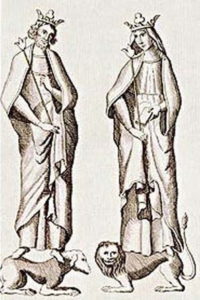
Matilda and William married in either 1049 or 1050 against the wishes of Pope Leo IX, who declared it was contrary to canon law on the basis of consanguinity (they may have been related within seven generations making it an illegal marriage in the eyes of the Church). However, in 1059 Pope Nicholas II sanctioned their marriage.
Their first son, Robert, was born in 1051. It seems to have been a marriage where love blossomed, and Matilda went on to have at least three more boys and five girls.
However, their union did not manage to avoid some scandal. There are accounts written in the eighteenth century that tell the tale of how William found two ladies from the abbey Preaux and intended to sleep with them. However, his conscience got the better of him and instead he decided to find them husbands in secret. Matilda is said to have heard of his infidelity and gone into a fit of rage and wanted the ladies dragged and brought to her. This never occurred, but a year later both women died and William suspecting it was at his wife’s hand, had Matilda dragged by her hair through the streets of Caen by a horse’s tail.
This is not the only story of potential infidelities. There is another legend that Matilda was also unfaithful. Grimoult du Plessis, a knight in William’s court, was found to be fiddling with the King’s finances. When confronted, his excuse was that he had been having an affair with Matilda. She was dragged through the streets naked by a horse’s tail and locked up but always pleaded her innocence. Then, William pretended to be a monk and dressed up to hear her confession, where again she professed her innocence. William thus convinced, revealed himself, set Matilda free and had Grimoult skinned alive and then quartered by four horses.
From as early as 1053 Matilda would often preside with William over his courts and witness his charters. William was often away on campaigns and needed someone he could trust to maintain control and carry out daily governing. This was left to Matilda.
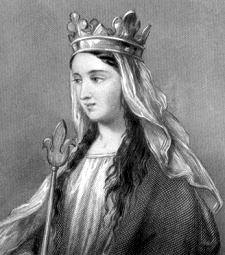
It is impressive that Matilda was able to maintain control, as some nobles and barons saw it as a chance to take power. When he was not campaigning, Matilda was by Williams’ side travelling the country and ensuring that she was a visible consort, thus ensuring they maintained authority over their realm.
In 1066 when William went to confront Harold Godwinson at the Battle of Hastings, it was Matilda who was left in charge. She was given the title of regent, confirmation that William trusted and believed in her ability to govern and maintain his lands. William seemingly preferred her to his own son who would have been around 14 years old when he left for England, old enough to rule.
Very few women had a role in politics which is testament to her abilities, and she wielded a huge amount of power whilst William was away. She was able to make laws, levy taxes and dispense justice. Each time William returned to England she gained further power as she was consistently left in charge.
When William had secured his conquest of England, in 1068 Matilda was sent for. Her coronation confirms again the authority she had and how she was becoming more than a King’s consort. She was the first Queen to have a separate coronation at Westminster Abbey where the words spoken blessed the English people with her power and virtue of a queen.
Matilda and William founded hospitals in Rouen, Bayeux, Cherbourg and Caen. She also built a new convent for nuns named La Trinite. The abbey at Caen was, and still is, wonderfully majestic and Matilda chose to be buried there.
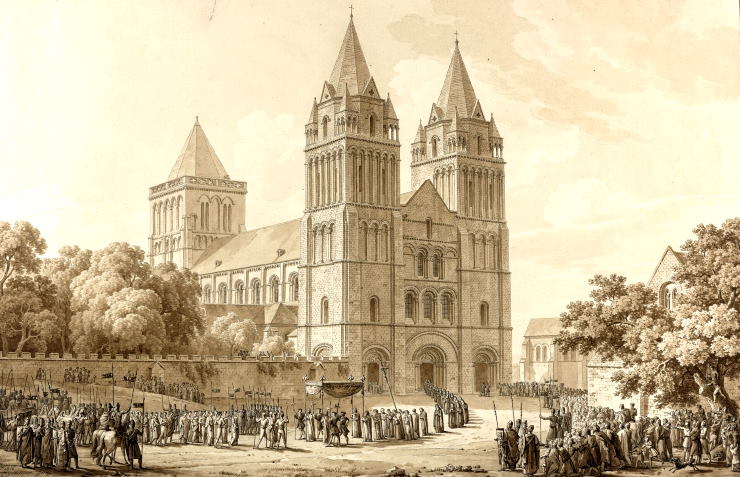
Only in the later years of her life do we see Matilda falter. Relations between William and his first son Robert had always been unsteady. Robert felt slighted that his father never trusted him to govern whilst he was away, and he was desperate for some authority and power. In 1077 Robert led a revolt against his father but was eventually forced to flee to Flanders. Shockingly Matilda then sent her son money to fund his next campaign against William.
William was said to be furious with Matilda and she had to beg in front of others for his forgiveness. Orderic Vitalis writes that Matilda said she did it because of the love for her son, that she would ‘bring him to life at expense of my own blood.’ Matilda’s actions were treason and William could have had her imprisoned or worse. She faced neither, but she never again enjoyed the trust or power she once had.
Matilda’s health had clearly been affected by their disagreements and she grew extremely ill. She died around 1083, approximately 51 years old. William was beside himself with grief.
Matilda was an exceptional woman and an utterly unique medieval monarch. Female consorts after Matilda would not be so talented and many who tried to wield similar power were often met with male disdain.
By Natalie Izzard. Natalie is a secondary school history teacher embarking on a master’s in history, focused on the women left out of the history classroom.
